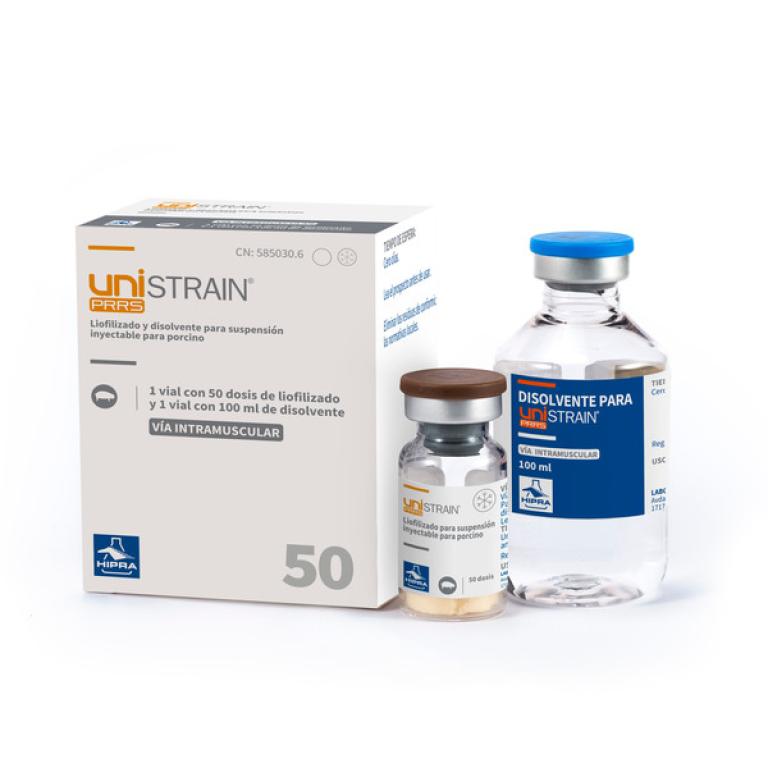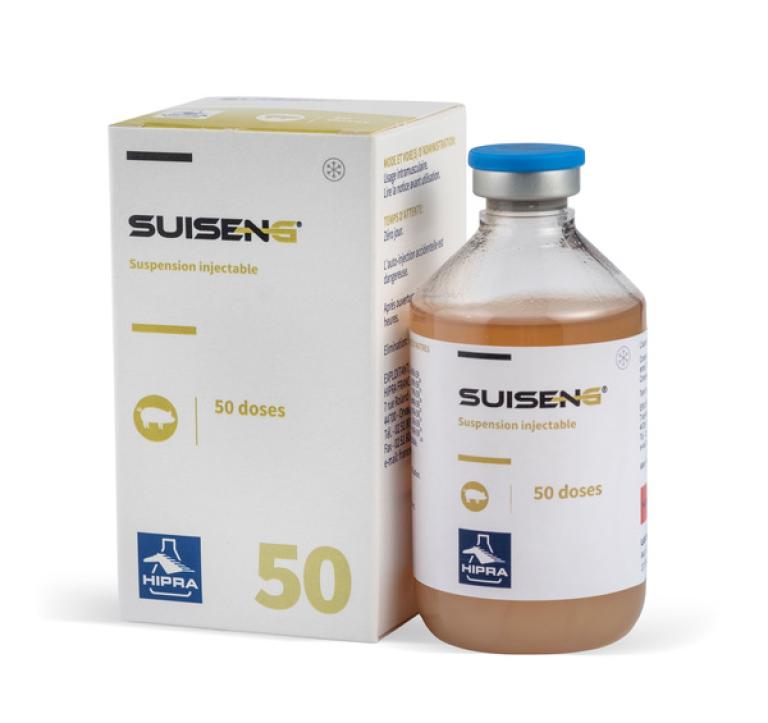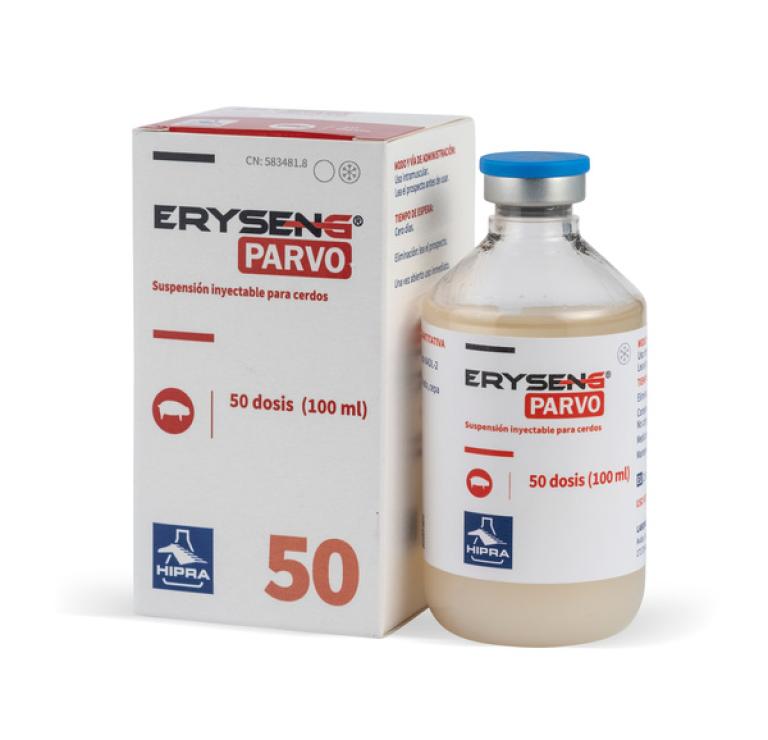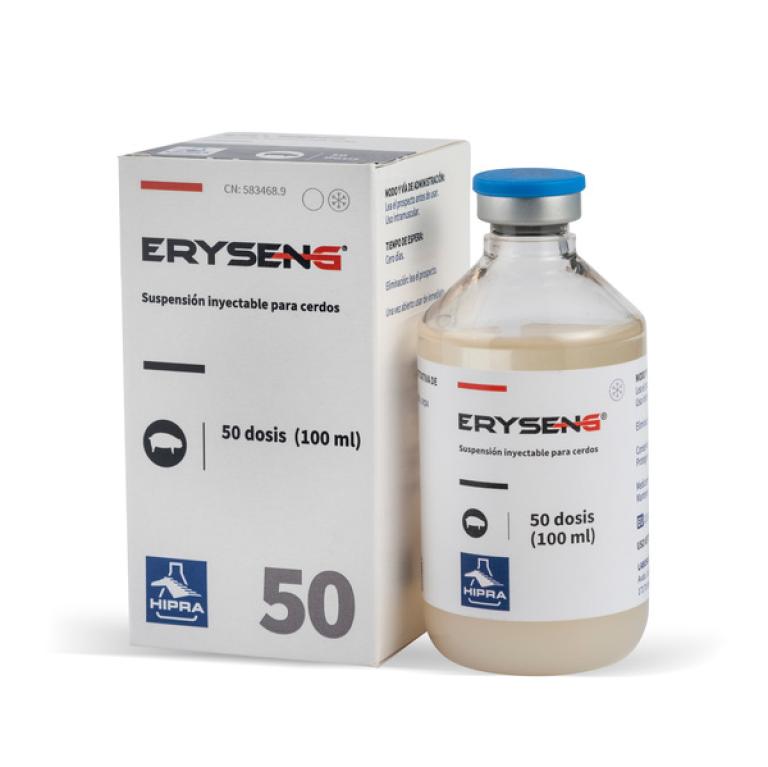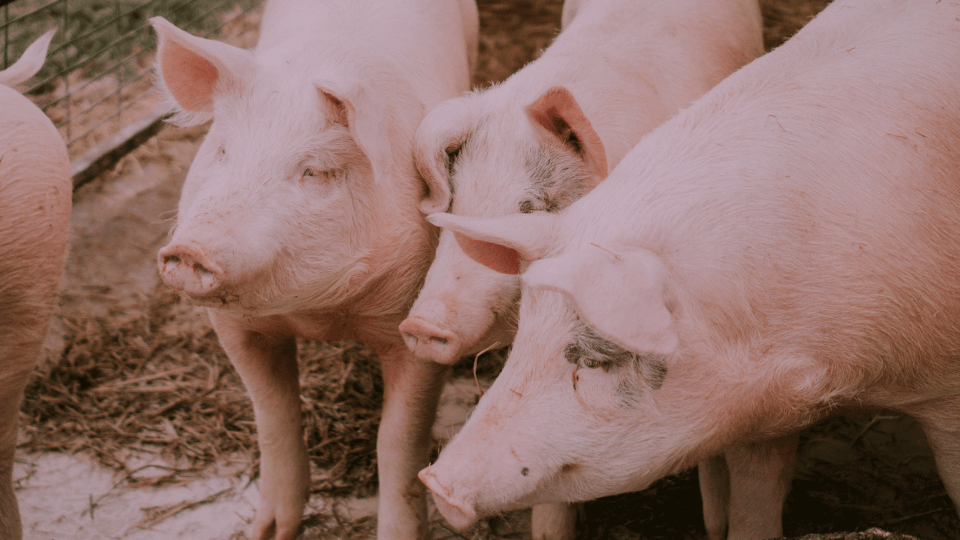As the severity of PRRS virus infection can vary widely, from lack of clinical signs to devastating outbreaks, a PRRS diagnosis based solely on a clinical suspicion can be extremely complicated or lead us to error.

Diagnosis of PRRS should take into account clinical signs, clinical history and production records, but laboratory confirmation is also absolutely necessary.
In the respiratory form of PRRS, the presence of concurrent infections (see the corresponding section) is very common. This phenomenon blurs the clinical picture and therefore complicates the diagnosis based on the clinical signs. Also, it is important to remark that there are no pathognomonic gross lesions for PRRS virus in neither the lungs from respiratory outbreaks or sows or aborted foetuses from reproductive failures.
When herd production record data is analysed, some changes in specific reproductive parameters, such as increase in late term abortions (± ≥70 days), early farrowings or number of mummified foetuses, as well as decrease in number of live-born pigs, may suggest reproductive failure due to PRRS virus infection; cyclic returns to oestrus and early abortions could also be due to PRRS, but this is much less common. Likewise, when there is an increase in preweaning mortality, when respiratory problems due to bacterial complications occur or if herd performance is suboptimal, PRRS should be also included in the differential diagnosis.
The clinical history is important for predicting or anticipating the consequences of PRRS virus infection on a given farm. Also, it can be essential for interpreting the clinical signs and the changes in the production record data that we observe during an infection. In this sense, three main scenarios can exist (see section “What happens in a confirmed PRRS virus farm?”). Briefly, PRRS virus infection in a PRRS virus-free farm can be devastating; evident clinical signs can be expected in this situation, since none of the animals have immunity against the virus. If there is an introduction of a new PRRS virus strain in a PRRS virus-positive farm, the final outcome of the infection will be unpredictable, but we would usually expect a less severe outbreak. Last of all, during re-circulation of a farm-specific strain, we would expect the outbreak to be far less severe; however, again, the final outcome is unpredictable since it depends on several factors.
Diagnosis of PRRS must be tackled differently depending on the previous status of the farm.

